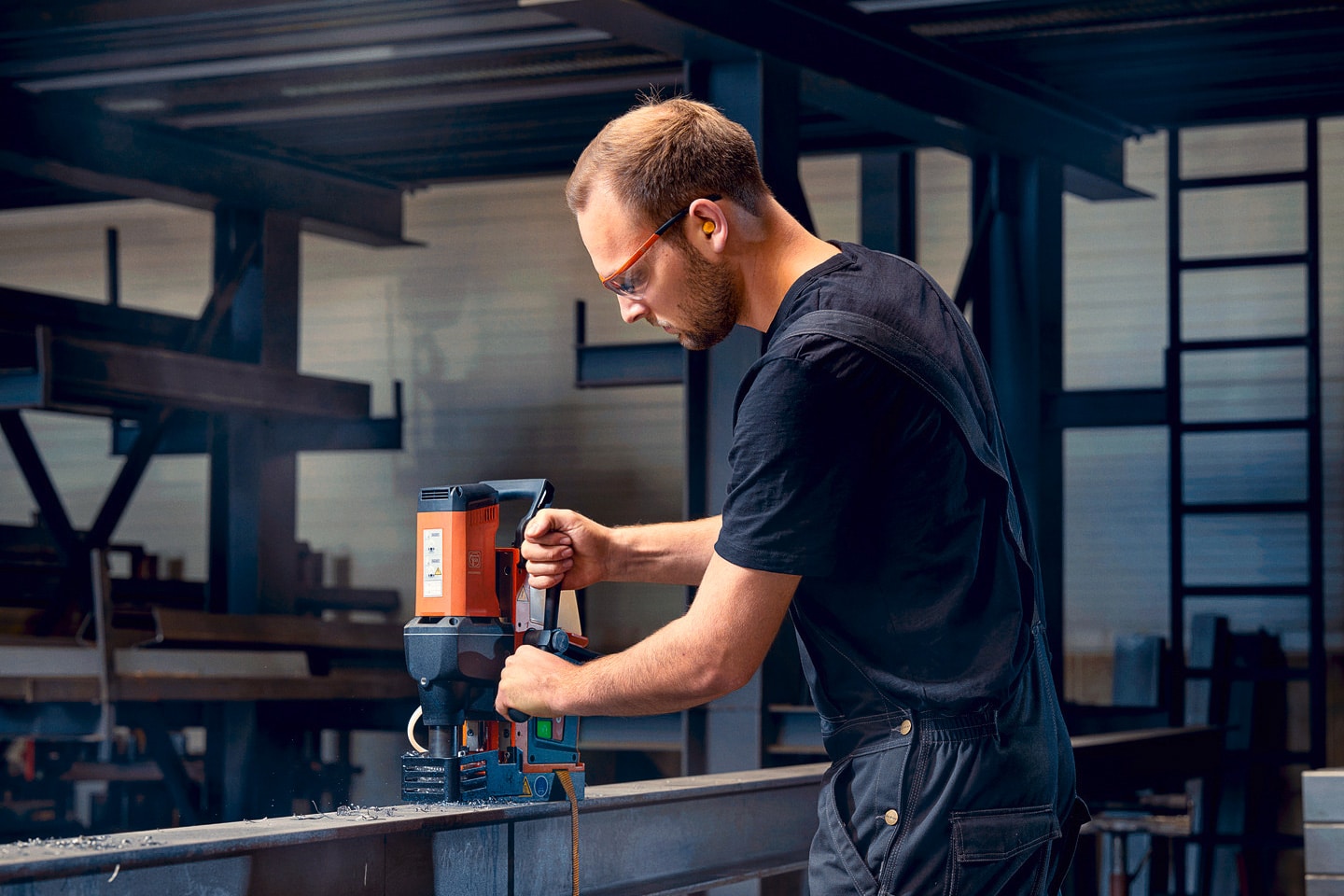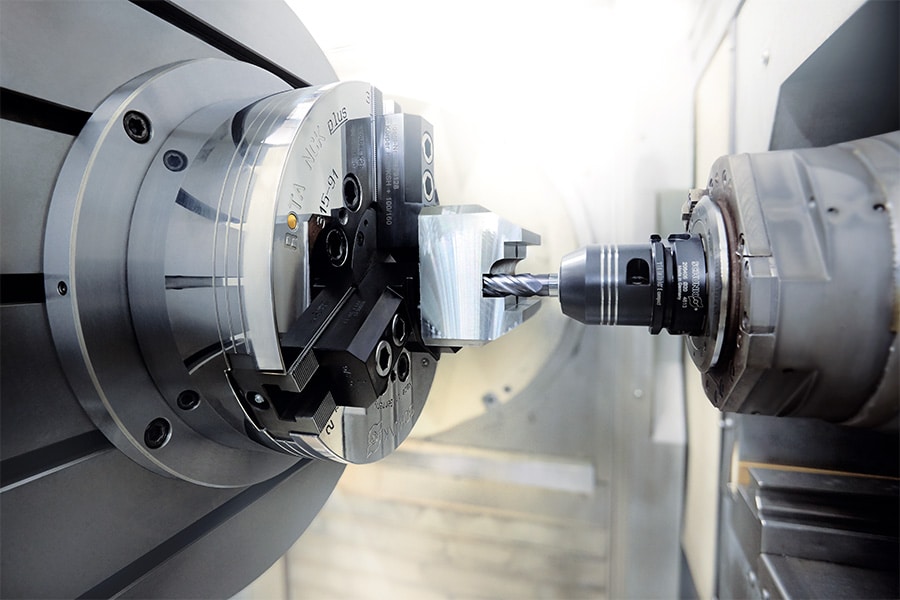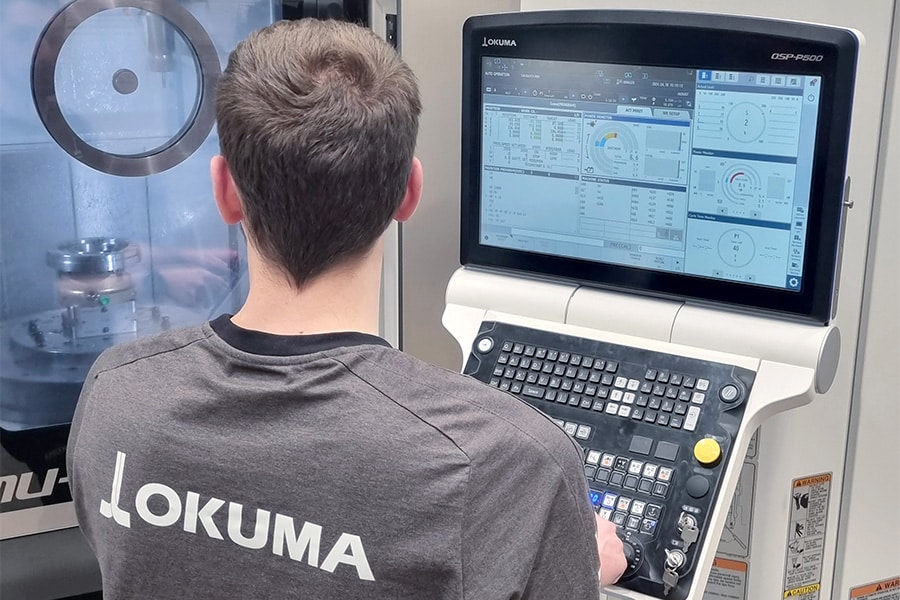
The spring system as a vibration damping element
Dutch company Tevema is a leading manufacturer and developer of custom technical springs within Europe. We called in production manager and spring specialist Dave Hemelrijk for Metaalvak for an enlightening, technical explanation of vibration damping spring systems.
"Some vibrations arise within a technical installation as an additional phenomenon, while there are also applications where the vibration contributes to the functionality of the installation or machine," Hemelrijk explains. Good examples include vibrating and sorting screens, as well as vibration-based conveyor systems. Hemelrijk: "In the case of unintentional vibrations, it is always a matter of starting to dampen them, while in vibration-based systems the vibrations should then in turn remain isolated from the rest of the installation."

Own frequencies
Vibration sources manifest themselves particularly as undesirable movements and friction effects, which can lead to accelerated wear. Another culprit is the natural frequency, or eigenfrequency of both parts of a system and the whole. The overall stiffness as well as the mass of the system determine the final value of this vibration frequency. Hemelrijk: "When it is reached, the system begins to vibrate and resonate with it out of sympathy, and this additional cyclic loading leads to severe damage and/or fracture in just about all cases."

Damping
And that is more than enough of an argument for proactive vibration damping. Hemelrijk: "Classical damping elements often include rubber buffers that smooth out vibrations thanks to the elasticity of the material. Springs, however, have the advantage over rubber buffers that their dynamic characteristic is much more stable over time." Rubber, for example, has the evil property of hardening over time, with a direct detrimental impact on its damping properties. The increased stiffness thus smoothes out more and more higher frequencies, while the lower ones are just better transmitted. "Moreover, because of their versatility and controlled manufacturing process, springs can be tuned much more appropriately to the application," Hemelrijk states.

Intrinsic property
Every compression spring intrinsically always acts as a vibration damper, even if it was not necessarily developed for it. Hemelrijk: "It is really important to apply the right design here; after all, the springs should not only be able to handle a certain stroke or absorb a pre-calculated force. When it comes to damping properties, the dynamic characteristic of the spring is decisive, not the static one. A thorough spring study should therefore never be lacking," Hemelrijk said. "Not infrequently, in the interest of optimum performance, the decision is made to distribute the total damping over several suspension systems. Or a different spring geometry and dimensioning is chosen depending on the application."
Customized special springs
Good examples are outrigger springs, which are also capable of absorbing heavier vibrations. Thanks to their geometry, they are ideally suited to neutralize constant vibrations under heavier loads. This type of situation occurs more often than one would think. Hemelrijk: "The motion stabilization in larger agricultural machines such as mowers and plows, for example, is an important form of vibration damping, because here annoying vibrations must be suppressed or 'killed'. These are often very low vibration frequencies, but they must be suppressed in the interests of proper operation."

Versatility as a common thread
In addition to applications in mechanical engineering, where vibration damping compression springs regularly also act as spacers, damping springs are used almost without limit. Hemelrijk: "Vibration damping spring systems have long found their way into a number of specialty markets, such as the medical world. Hospital beds are particularly grateful customers for anti-vibration compression springs."



